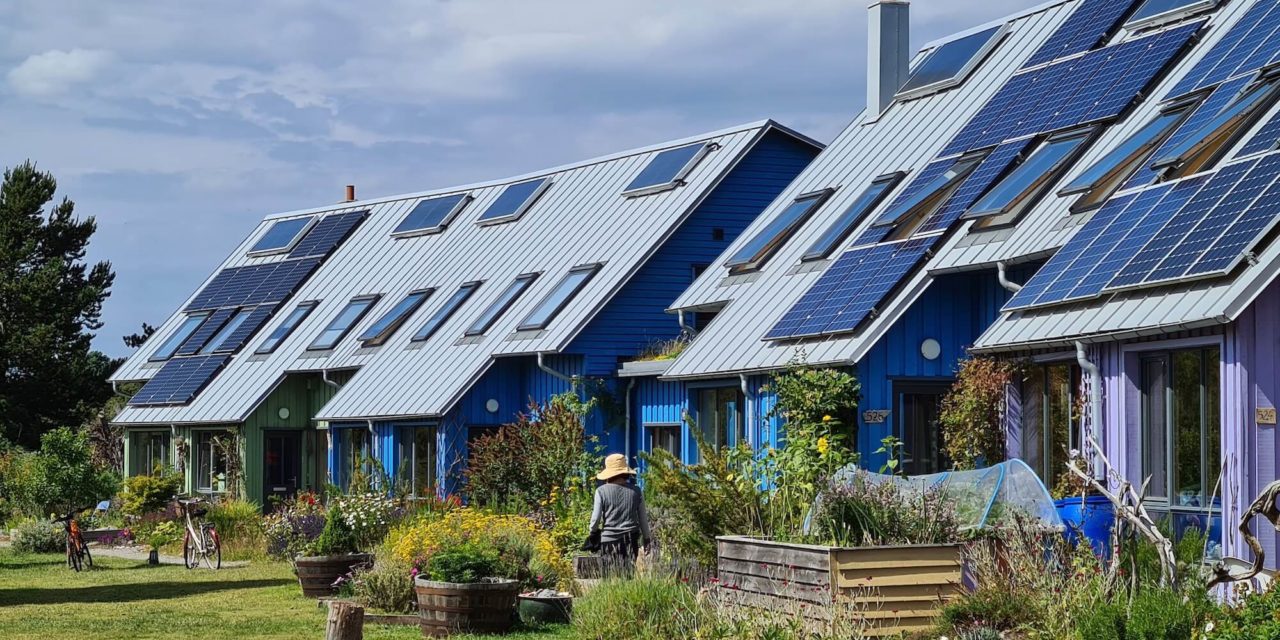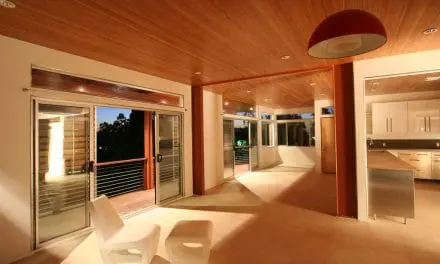Photo by Matt Bridgestock, John Gilbert Architects
Proven Strategies from the UN Climate Report Homeowners Can Use NOW
By Margot Bolanos
The latest report from the Intergovernmental Panel on Climate Change (IPCC) paints a stark picture of the planet’s future unless mitigation measures are taken now. Fossil fuel consumption is driving CO2 concentrations higher. Then as average temperatures increase, requirements for cooling and electrification in buildings escalate electricity demand. It’s a vicious feedback loop. Meanwhile, the trend for larger houses is also increasing individuals’ energy consumption.
On the positive side, the report gathers evidence on policies, technologies, and techniques that are becoming widely implemented. These can counter climate change’s escalation in demand… If we take a multipronged approach. Negawatt’s Sufficiency, Efficiency, and Renewables (SER) framework utilizes technological solutions combined with behavioral modifications that are already proving effective. Incentivizing and scaling up these initiatives has the potential for steep emissions reductions, as well as innovations that can stimulate broader, more equitable progress.
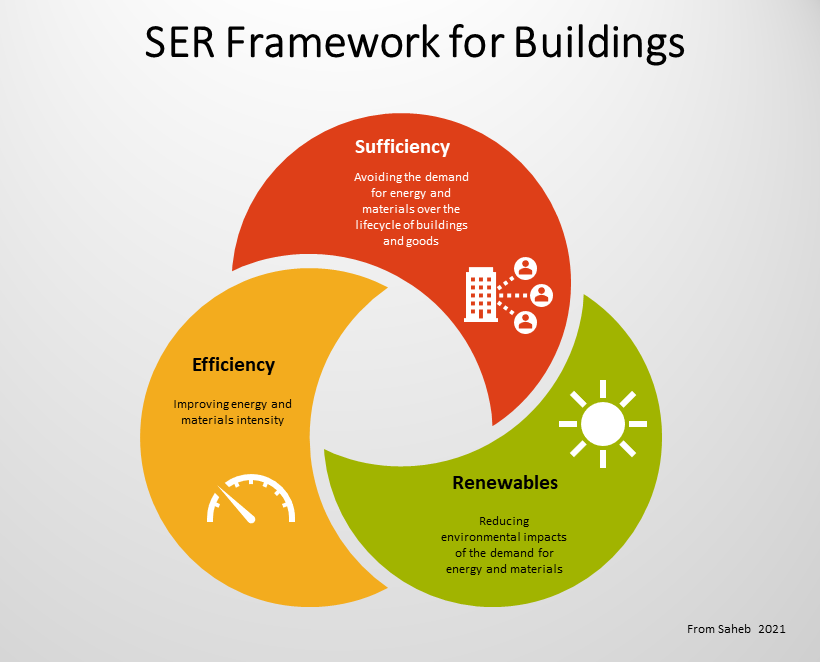
Targeting carbon dioxide emissions from energy use in your home will reduce your household carbon footprint and lower particulate matter (PM2.5) concentrations. According to the report, your home’s emissions are primarily a factor of your income level, floor area, energy price, climate, and behavior, as well as the influence of your peers. But it is possible, practical, and affordable to confound these expectations and fight climate change.
Here, Elemental Green has pulled together some of the most important residential building–related recommendations for our readers. We’re citing studies, models, and conclusions referenced in the report, titled Climate Change 2022: Mitigation of Climate Change.
Reduce Demand to Create Energy Sufficiency
Reducing or avoiding buildings’ demand for energy in urban areas is key to addressing climate change. New housing stock must be built to zero energy standards, and existing homes must be retrofitted over time. This can be accomplished by focusing on how buildings are designed. Start with the overall size of the structure and how it is oriented to take advantage of passive solar principles and press through to high-efficiency windows and doors, and thermal mitigation strategies such as “tight” insulation and eliminating errant heat conduction (a.k.a., thermal bridging). Consider adding a green roof element to your new or soon-to-be-renovated home to lower heating and cooling costs, with some of these roofs eligible for federal and state tax credits.
The energy used to make and transport the materials, finishes, and furnishings in our homes also impacts us. Look for materials that are carbon-neutral or even materials that store carbon, like recycled materials or bamboo. Part of being a sustainable homeowner begins with intentionally choosing ethically sourced, renewable materials that ensure minimal or no damage to the environment, from the interior decor to the type of roof.
Sufficiency can also mean higher housing density. Wider adoption of eco-friendly ADUs and multifamily units takes advantage of efficiencies of scale. And nearby urban green spaces 1. reduce the heating and cooling loads for neighbors, 2. swap carbon dioxide for oxygen, and 3. allow for carbon capture. Choosing housing in mass transit corridors or closer to jobs allows for a greener commute, including walking or biking to work. (Among 60 low-carbon consumption actions an individual could take, car-free and electric mobility are priorities.)
Higher-income households tend to have larger homes, highlighting affluence’s critical role in residential sufficiency. It’s apparent, according to the IPCC, that high-income households tend to use more efficient appliances. But due to their easier access to resources, their behavior at home ultimately uses more energy.
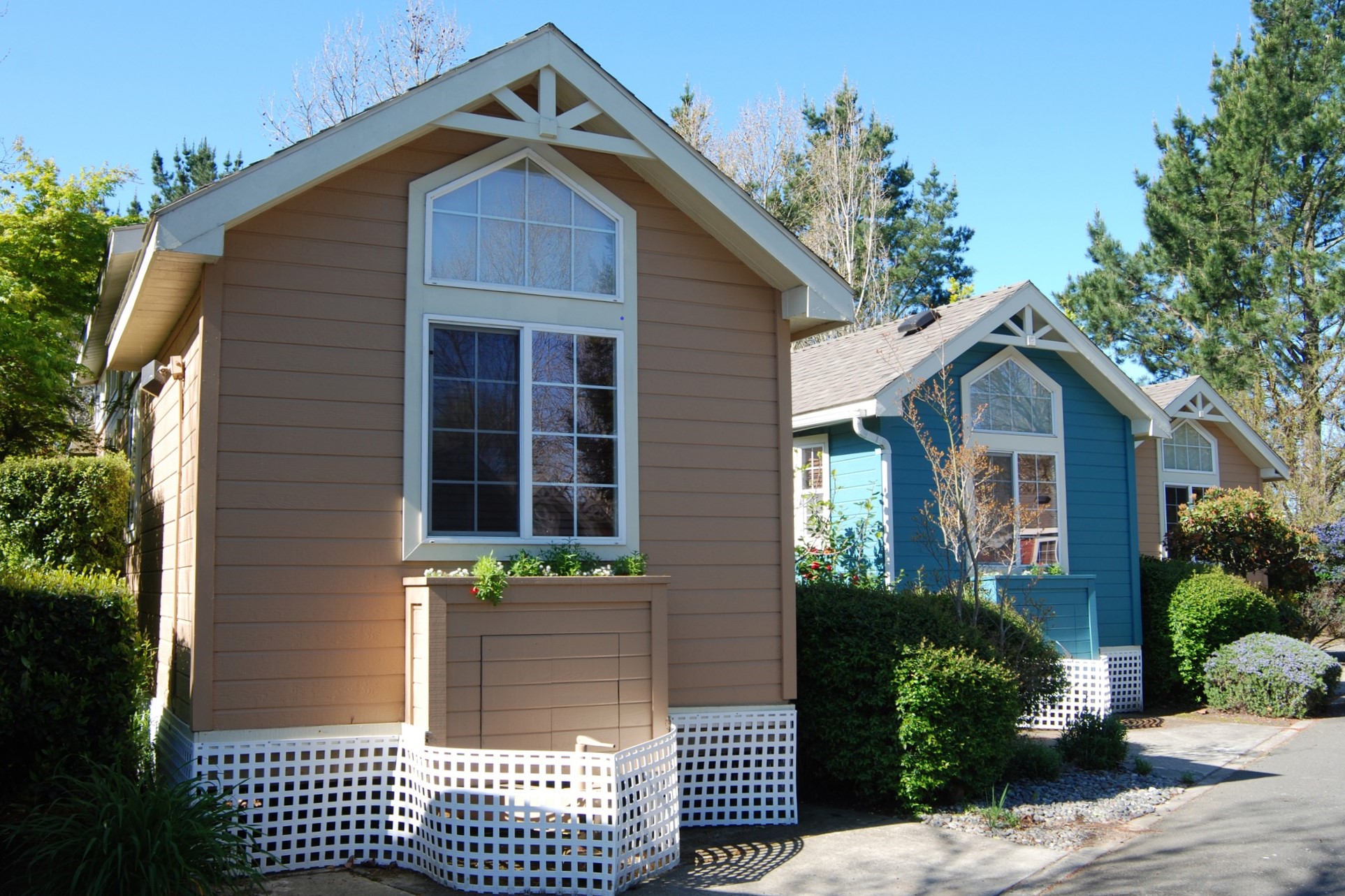

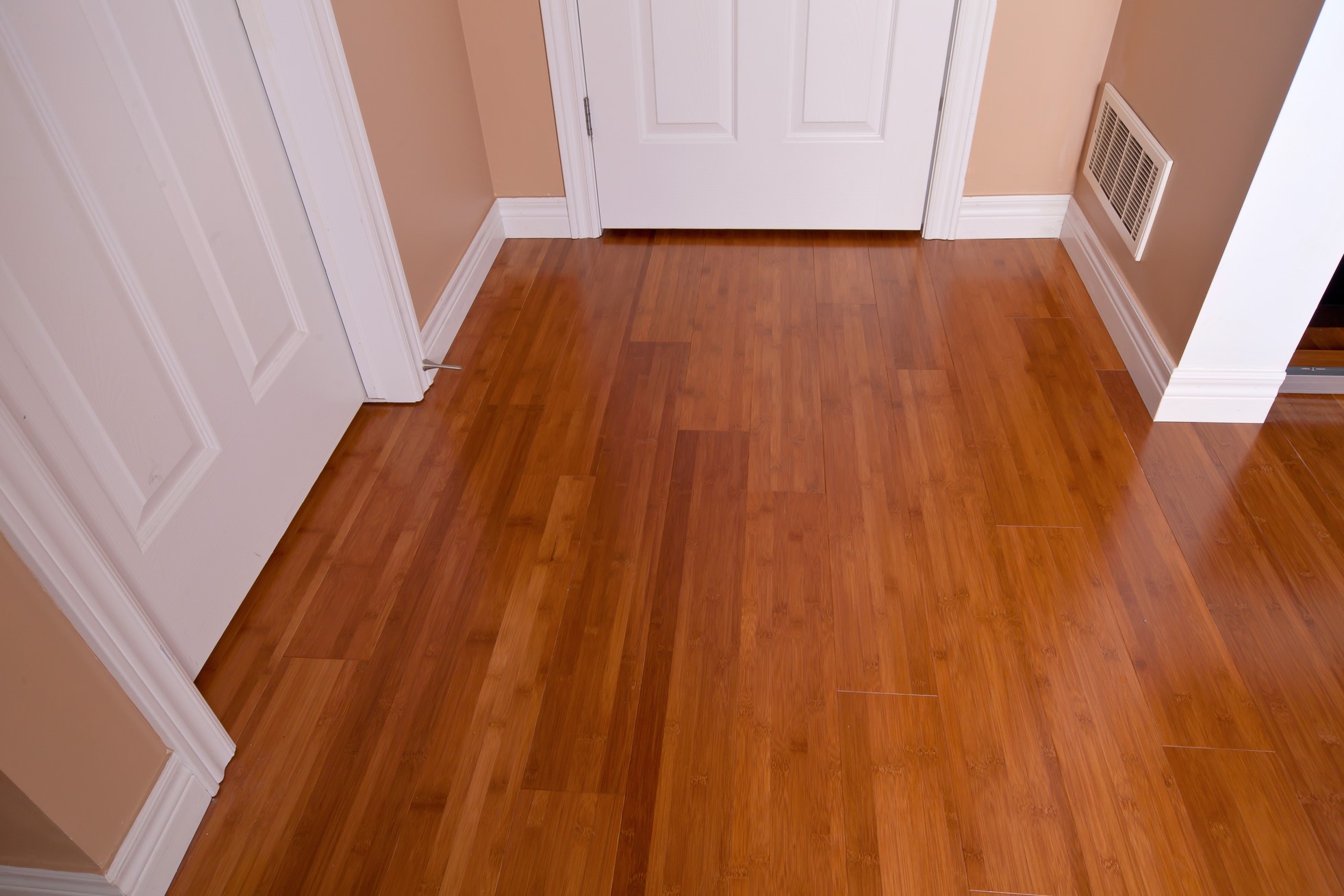
Maximize Energy Efficiency
According to numerous studies highlighted in the IPCC report, approximately 4 billion cooling systems have already been installed worldwide. Up to 14 billion more cooling systems are predicted to be installed by 2050. We need high-efficiency appliances with a low global warming potential to mitigate the greenhouse gas emissions from increased cooling and heating needs.
Energy efficiency is different from energy sufficiency in that it focuses on shorter-term improvements that do more work with fewer resources. One highlighted strategy in the IPCC, which reports to improve your home’s energy efficiency by nearly 70%, is desiccant cooling. This heat-driven cooling system also does not rely on environmentally hazardous refrigerants. Another hallmark of a home’s energy efficiency is its thermal performance or energy storage capacity, a.k.a, its thermal mass ability to absorb, store, and maximize natural heating or cooling. Many physical features of your home will maximize efficiency and reduce energy consumption, such as garden walls and insulation.
Electricity demand from buildings has increased 161% from 1990 to 2019 due to rising incomes, income distribution, and ownership rates. Electrification is essential to decarbonizing heating systems, as long as renewable energy sources supply electricity (see below).
Heat pumps can heat your home on cold days and provide cooling on hot ones—all in one highly energy-efficient appliance. And most importantly, heat pumps work at the highest efficiency level in efficient buildings; remember that connecting with renewable energy will avoid emissions from the heat pump system.
Lighting energy accounts for around 19% of global electricity consumption, but studies have shown highly energy-efficiency lighting makes a difference. Efficient lighting technologies such as lighting-emitting diodes (LEDs) can be deployed now to reduce energy use in your home. (They last longer too!)
The IPCC report identified behavioral choices as a critical non-technological factor in low-carbon residences. For example, the COVID-induced trend toward remote work has driven Americans to spend more time at home. Eliminating commutes reduces GHGs emissions, but then energy consumption at home rises. So maximizing energy efficiency at home is even more important. Even with limited resources, multiple ecological lifestyle strategies work toward sustainability goals, including energy use. For instance, you might build a vegetable or herb garden with many ancillary benefits like supporting your community with local, more nutritious food.


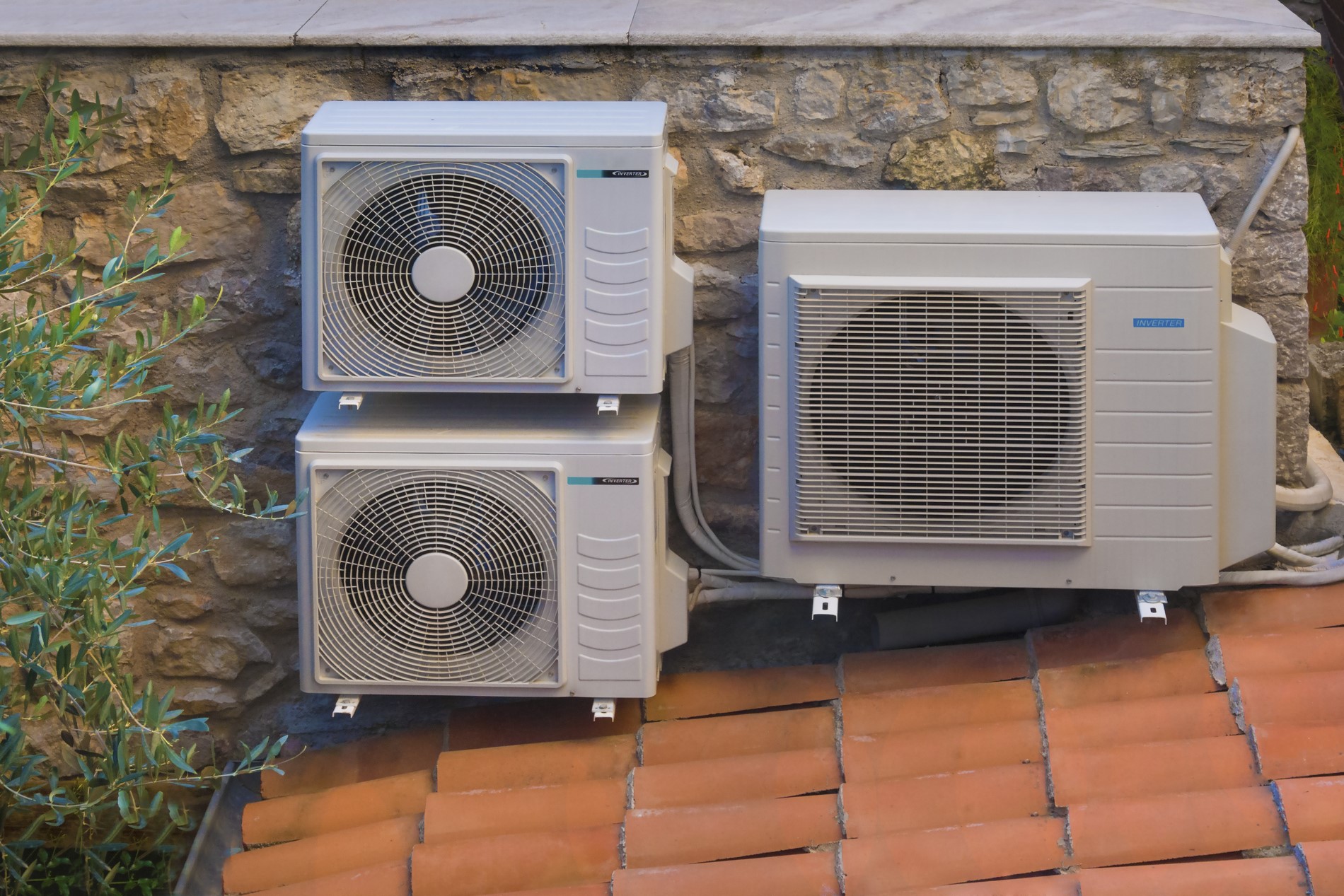
Expand Renewable Energy
Over the period from 1990 to 2019, global CO2 emissions from all buildings increased by 50%. And (before COVID), residential buildings consumed 70% of that demand. Renewables are already credited for contributing to reductions in projected emissions and will be vital to achieving future goals. According to the SER framework, the next step is adding renewables to your home after maximizing your home’s efficiency.
The IPCC cites propelling renewable energy into residential buildings (like rooftop solar) as a priority: an exit ramp off the energy spiral causing climate change and then increased energy demand. Home solar is generally lower cost, penetrates the market quickly, and can make homes more resilient to climate change impacts.
Looking to the future, the UN report strongly advocates stricter building energy codes as a central regulatory path toward curtailing emissions from buildings. National building codes already include minimum requirements for using renewable energy in buildings. Additionally, market-based policies such as carbon taxes or carbon allowances would effectively bolster the implementation of renewable energy, leading builders away from traditional sources such as oil and gas. For example, California has committed to about 197 energy initiatives, according to DSIRE’s database. The PACE financing instrument has increased PV deployment, and PACE volumes and programs continue to grow.
The IPCC report and the International Energy Agency (IEA) predict that new renewable power installations will rise in capacity by about 60% by 2026. Renewables—specifically solar PV, because of the direct correlation between power supply and cooling demand—are highlighted as critical solutions to offsetting the negative impacts of peak cooling demands, and increasing resilience to climate change impacts.
Greening the grid is another essential component of the solution. The good news is that in the US, utility-scale renewable power continues to grow yearly, month over month, with April 2022 coming in at a whopping 29.3%.
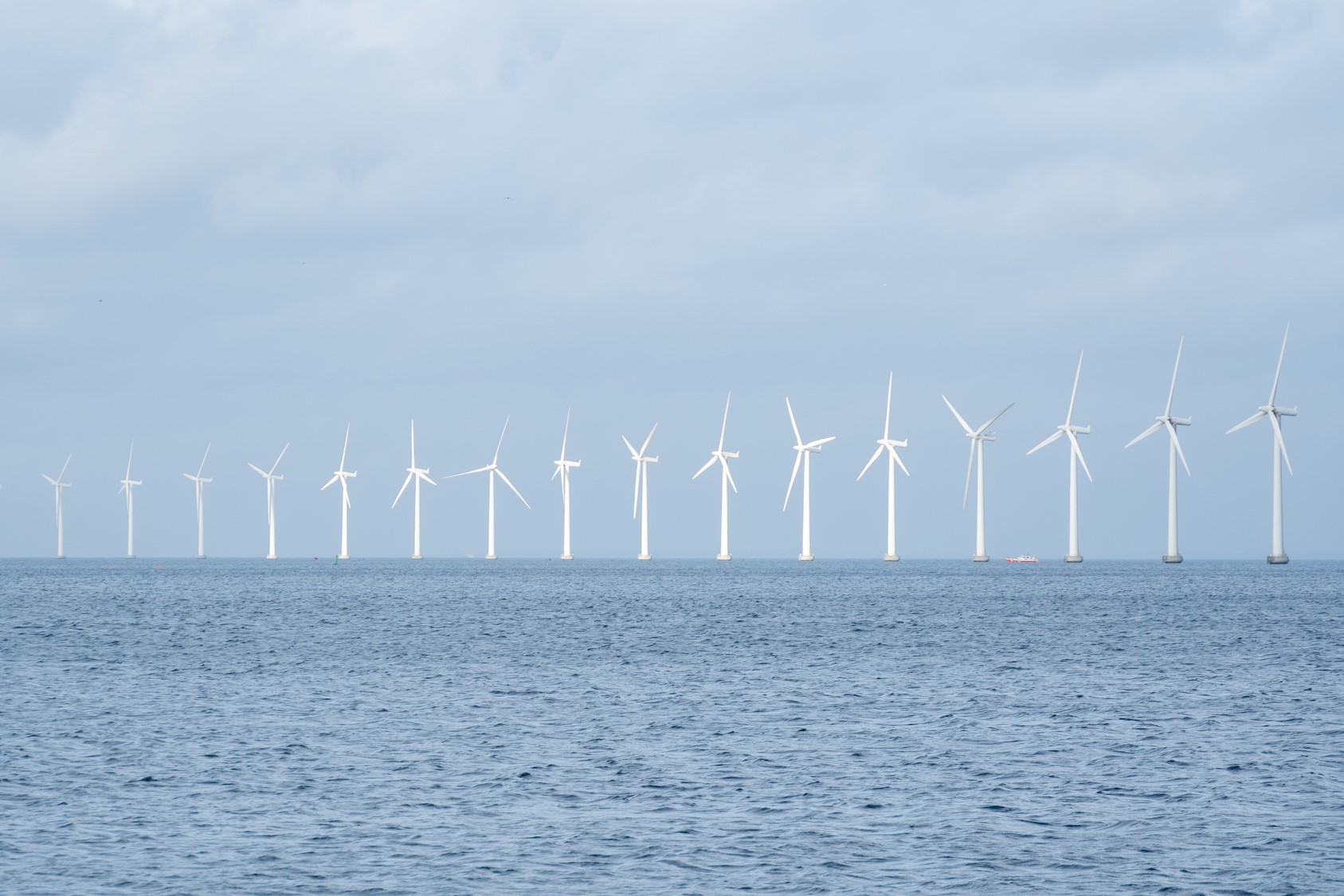
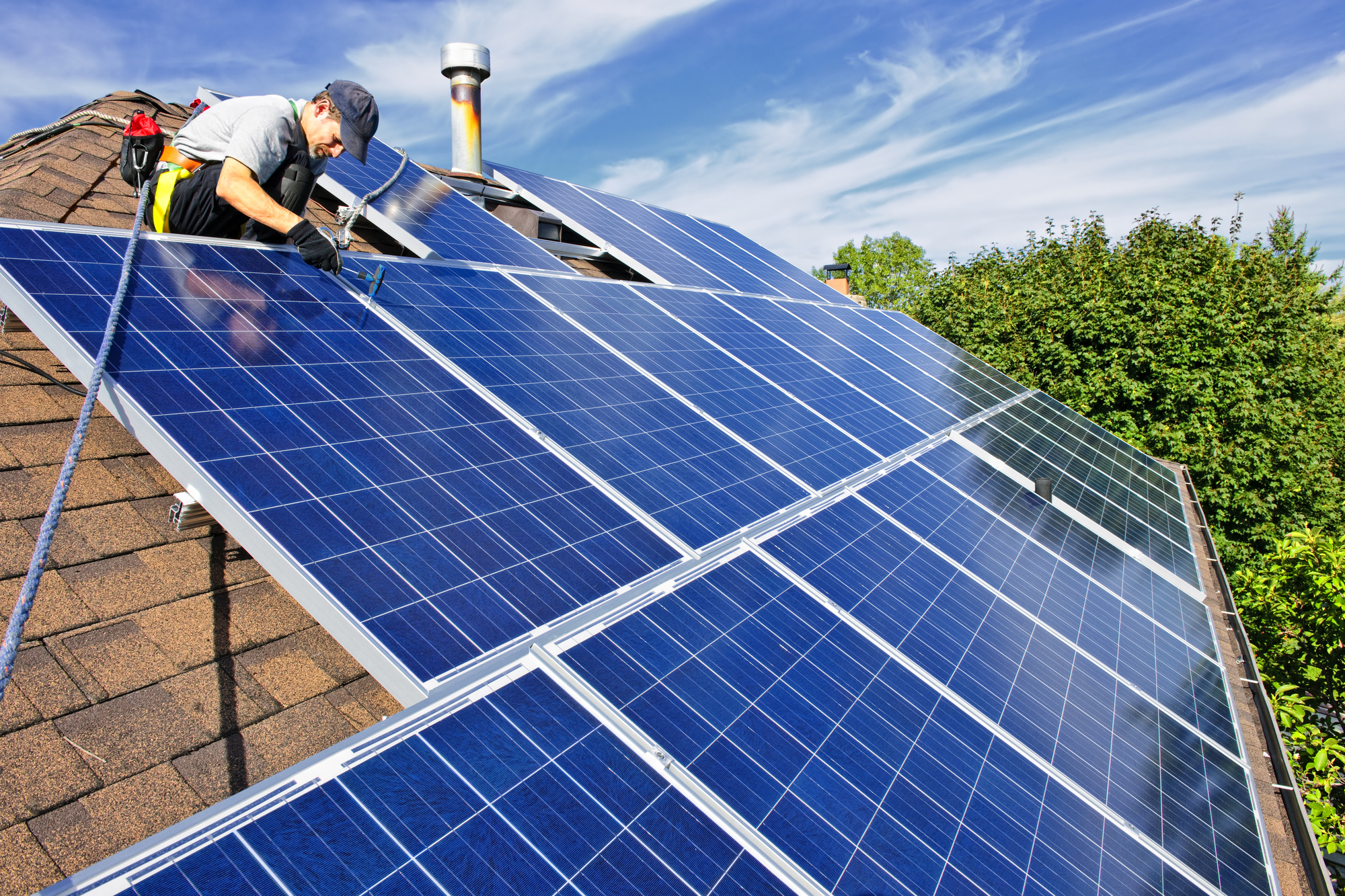
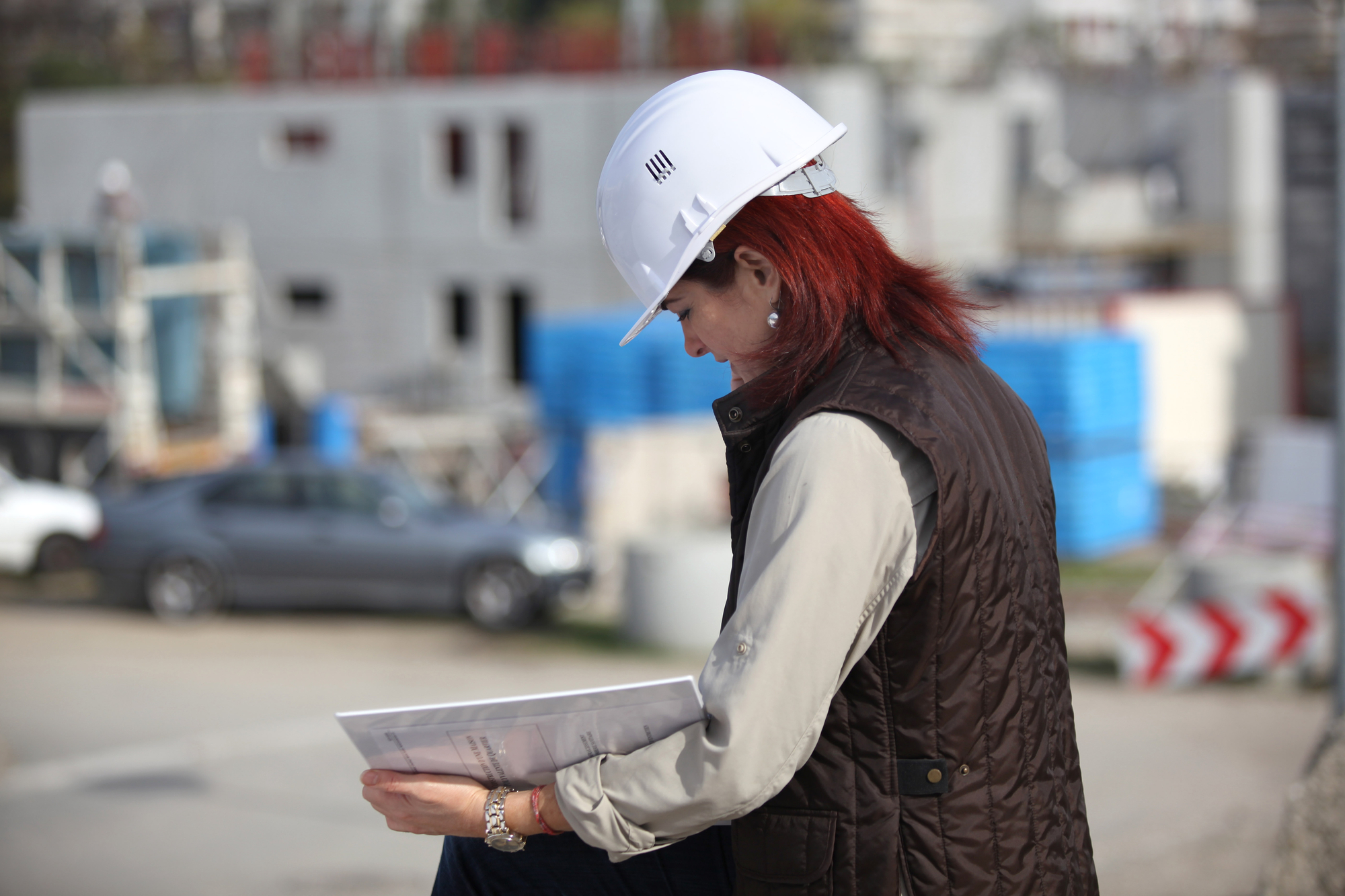
It’s not too late
The IPCC report modeled pathways that limit warming to 1.5 ℃. These models call for rethinking cities and urban areas to emphasize compact, walkable cities; electrification of transport from low-emission energy sources; and enhanced carbon uptake and storage using nature. Priyadarshi Shukla, the IPCC Working Group III Co-Chair, believes that the “right policies, infrastructure and technology… to enable changes to our lifestyles and behavior, can result in a 40 to 70 percent reduction in greenhouse gas emissions by 2050.”
Some of the report’s most vital mitigation strategies include wind energy, solar energy, and new buildings with high-performance renewable energy production on-site and efficient lighting appliances and equipment. As a bonus, this transition to lower emissions can create new jobs in construction and technology, further developing a future of “free” energy from renewables and new business models centered on sustainable and ecological choices.
Be Part of the Solution
The UN Sustainable Development Goals (SDGs) are intended to promote health and education, reduce inequality, and spur economic growth. While many mitigation options outlined in the IPCC reports synergize with the SDGs, there are inevitable tradeoffs. Fundamentally, the IPCC report identifies two types of “actors” (that is, individuals groups, corporations, or policymakers): those that “either contribute to the status-quo of a global high-carbon, consumption, and GDP growth-oriented economy, or help generate the desired change to a low-carbon energy-services, well-being, and equity-oriented economy.” Which type are you?
The key to selecting sustainable materials for your home is to look forward and back at the entire lifecycle of a product. Our #EcoRenovate journey can help you weigh the tradeoffs and make informed purchasing decisions.
The author:
Margot Bolanos is an undergraduate at the University of Chicago studying Environmental Science and Global Studies. A Center for Global Health Research Fellow, she recently led an investigation in Honduras on health decentralization reform, conducting interviews with clinics, governmental agents, and regional health leaders across three departments. Margot is co-director of the Global Health Alliance’s Global Partnerships team that provides external support to global non-profits like DIN Malawi. She aims to pursue a career in environmental health.


